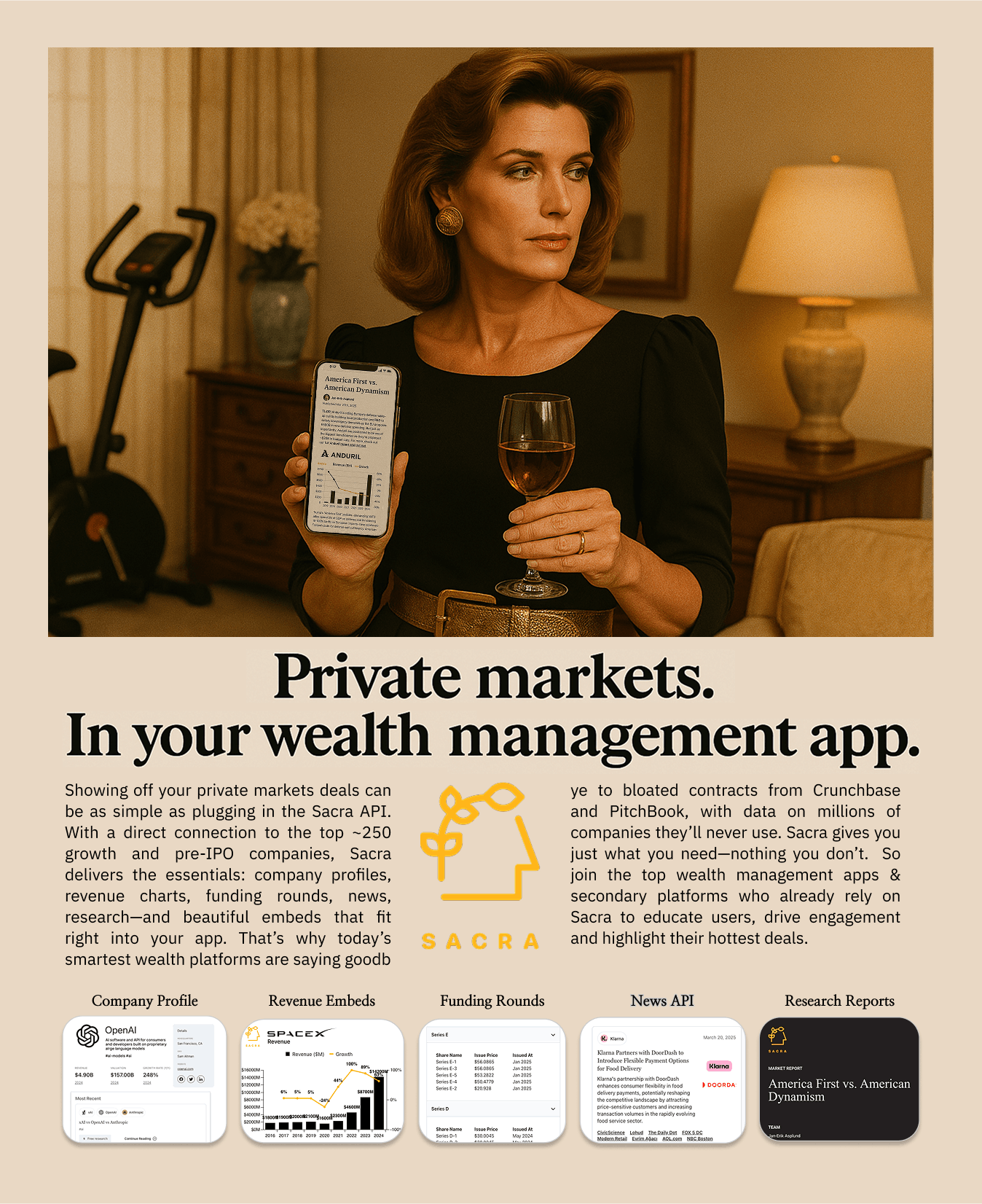Hi everyone 👋
Sign Up Today!
To get these right in your inbox
Gmail launched in 2004, along with Docs and Sheets (created by XL2Web, later acquired by Google). Maps came in 2005. 2004 was a special year thanks to the rise of standards-compliant, cross browser Ajax.
The introduction of Ajax marks the transition from the web page into the modern web app, with the browser constantly sending and receiving data in the background without a page reload—giving end users features like the Gmail autoupdate inbox, Docs autosave and Maps click and drag.

Bringing boxed desktop software into the browser enables the cloud model of always updating, everywhere available, zero marginal cost web services—and that gave Google an opening to get a foothold into Office's productivity suite monopoly.
History is repeating itself with one of the last bastions of desktop software: Adobe Creative Suite. This time it's WebGL and WebAssembly that enable companies like Figma and Canva to go after Photoshop. Together, these technologies enable much more performant graphics rendering in the browser.
Dylan Field initially conceived of Figma as "Photoshop in the browser", then honed in on interface design as the lightweight version executable in the browser with WebGL.
We've spoken with the founders of Runway, Mux, Wistia and Milk Video who have all spoken to the browser's maturation as a platform for video disrupting Adobe Premiere.
While browser software often pales in comparison to desktop software for professional, computationally intensive work, it comes with one big feature: collaboration. The browser enables team-wide collaboration both within and between functional groups that's not possible with locally installed software.
For businesses like Figma, that creates a wedge-not only to unseat Photoshop for interface design, but to drive wall-to-wall adoption, expand into adjacent use cases and build a new creative suite.
Jan & team
The cloud creative suite
For more on the startups putting Adobe's creative suite in the cloud, check out our interviews with:
- Cristobal Valenzuela, Co-Founder & CEO of Runway ML: On using machine learning to recreate complex video editing processes in the browser
- Adam Brown, Co-Founder & Head of Architecture and Technology at Mux: On the rise of live and interactive experiences in the browser
- Ben Ruedlinger, CIO at Wistia: On how COVID tailwinds turned online video from a nice-to-have to table stakes
- Lenny Bogdonoff, Co-Founder & CTO of Milk Video: On why video editing is a commodity in the age of the browser OS
If you have other companies you’d like to learn more about, let us know what they are by replying to this email.
New & upcoming interviews
Reply to this email to offer questions you’d like us to ask upcoming interviewees, request specific interviewees and offer feedback.
New
- Mike Bell, CEO of Miso Robotics: $35M Series D via equity crowdfunding to build robotics for the back-of-house in the fast casual restaurant industry
- Jacob Wenger, Chief Product Officer at Shortwave: $9M Seed from Union Square Ventures to displace Outlook alongside Front and Superhuman.
Upcoming
- Sam Li, Founder at Laika: $35M Series B from J.P. Morgan Growth Equity—talking to learn more about the compliance-as-a-service business model
- Michael Pfister, VP of Product at Nylas: $120M Series C from Tiger Global—talking to learn more about the infrastructure layer powering the rise of communications features across SaaS tools
New company pages
Here are the company profiles we added last week:
- People.ai: $100M Series D from Akkadian Ventures to aggregate the entire sales tech stack
- Gusto: $175M Series E from T. Rowe Price to own payroll for SMBs
- Bloom & Wild: $102M Series D from General Catalyst to own D2C plant delivery in Europe
- Kraken: $100M Series C from Hummingbird Ventures to build the most secure crypto exchange
Reply to this email to let us know what other companies you’d like us to cover.


